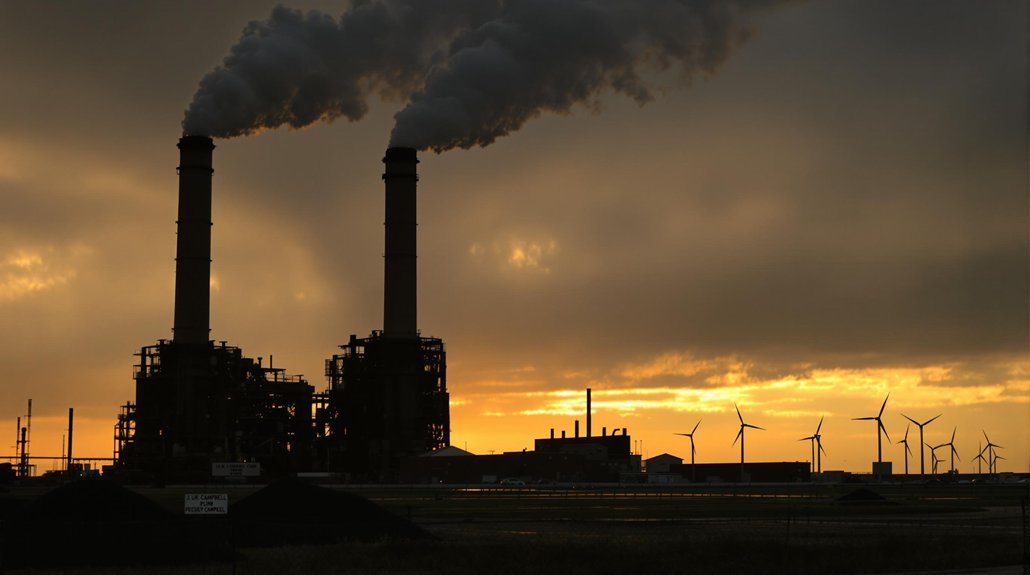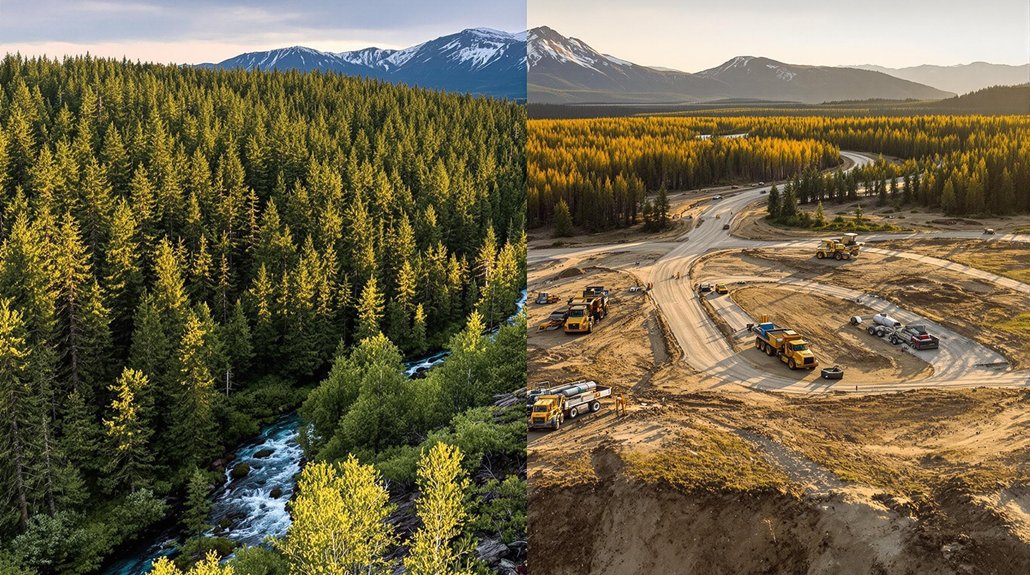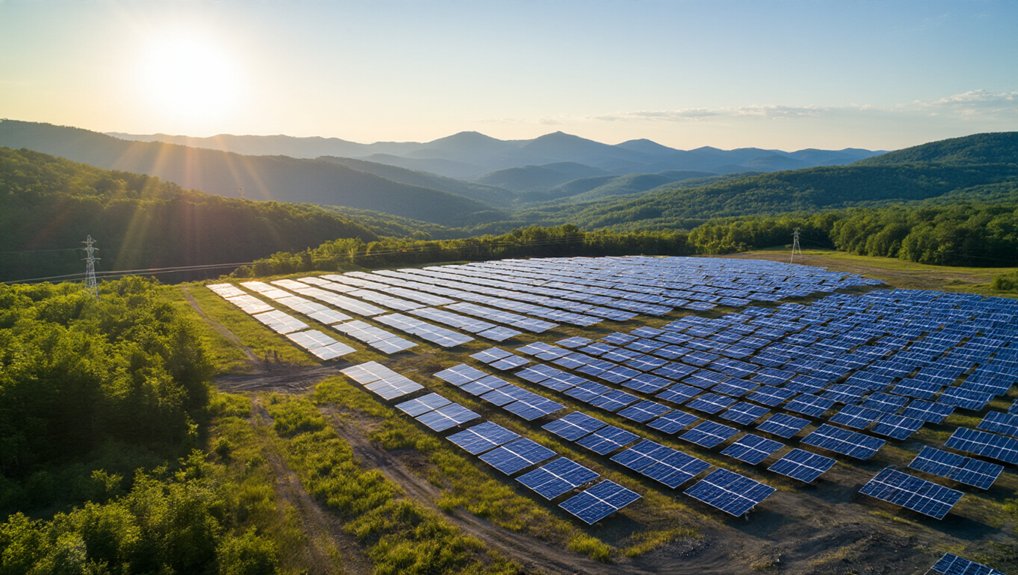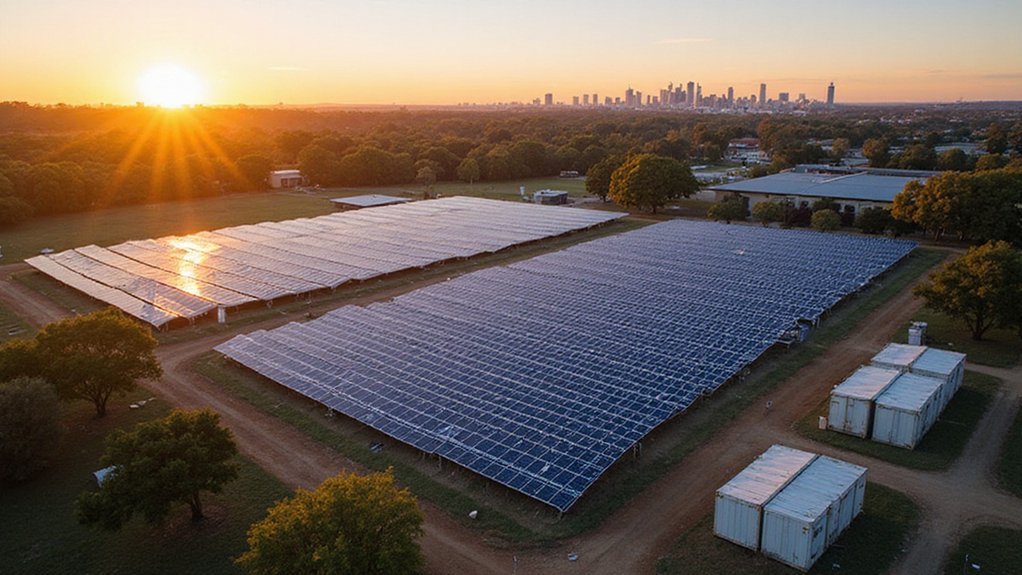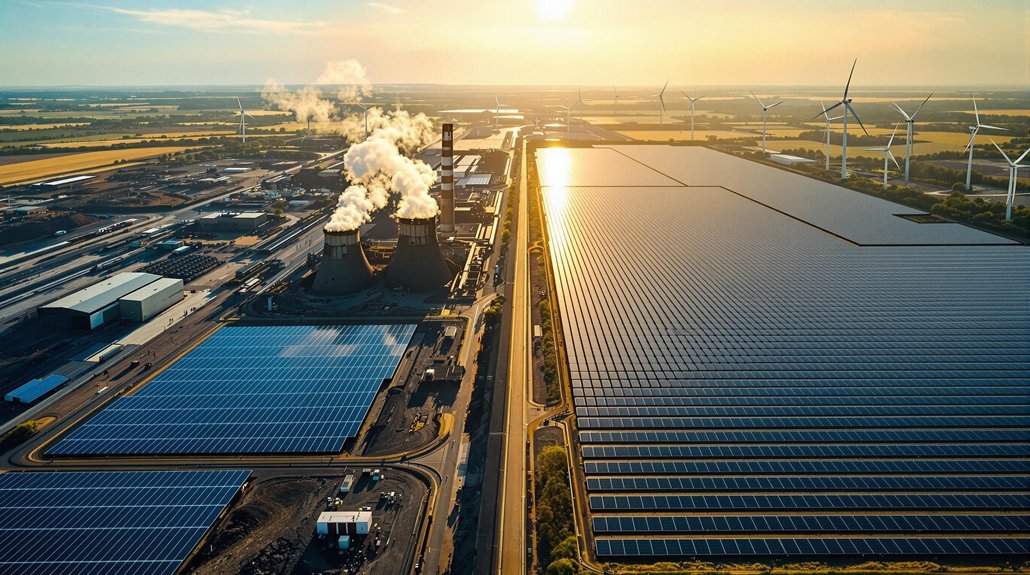Federal officials slammed the brakes on a Michigan coal plant‘s retirement last week, forcing it to keep belching smoke well past its scheduled May 31, 2025 closure date. The U.S. Department of Energy invoked the Federal Power Act and President Trump’s national energy emergency declaration to order Consumers Energy to keep its J.H. Campbell coal plant running.
Talk about a last-minute reprieve nobody asked for. The price tag for this unwanted extension? A cool $29 million—just for an extra five weeks of operation. And guess who might get stuck with the bill? Michigan ratepayers. They’re the ones potentially footing the cost for new staffing, coal supplies, and delaying the switch to cheaper renewables. Real nice.
Campbell is Consumers Energy’s last coal facility, with three units totaling 1,401 MW capacity. Two units are over 55 years old—ancient by power plant standards. The company had meticulously planned this closure for years, with agreements in place between utilities, regulators, and environmental groups. Operating costs for Units 1 and 2 are approximately $45.80 per megawatt-hour, significantly higher than typical MISO market prices.
Michigan officials aren’t taking this lying down. Attorney General Dana Nessel filed suit in D.C. Circuit Court, calling the DOE’s order “arbitrary and illegal.” She’s not alone. Earthjustice and Sierra Club are jumping in with legal petitions too, representing multiple environmental organizations who call the emergency “fabricated.” This intervention aligns with the administration’s broader fossil fuel crusade that threatens to derail climate progress nationally and globally.
State regulators are scrambling to distribute costs across the regional MISO grid. Because why should Michigan consumers pay for a federal mandate nobody in the state requested?
The DOE claims the plant is necessary for summer peak reliability. Critics counter that replacement resources are already lined up and grid reliability isn’t at risk. They’re calling this what it looks like: ideological support for coal disguised as grid management.
Meanwhile, environmental groups point to the obvious—continued coal burning means more pollution, more carbon emissions, and worse health outcomes for communities nearby. The plant releases 10 billion pounds of carbon dioxide annually, contributing significantly to climate change.
The intervention has been described as “unprecedented,” upending standard retirement procedures and leaving everyone wondering: if they can do this to Michigan, which state is next?
References
- https://ieefa.org/resources/who-will-pay-forcing-campbell-coal-plant-stay-open
- https://www.newsfromthestates.com/article/environmentalists-renew-challenge-trump-order-extending-michigan-coal-plants-lifespan
- https://planetdetroit.org/2025/06/trump-administration-michigan-coal-plant/
- https://www.michigan.gov/ag/news/press-releases/2025/07/25/ag-nessel-files-appeal-challenging-doe-order
- https://subscriber.politicopro.com/article/eenews/2025/08/01/coal-plant-ordered-to-stay-open-cost-29m-to-run-in-5-weeks-00487542
